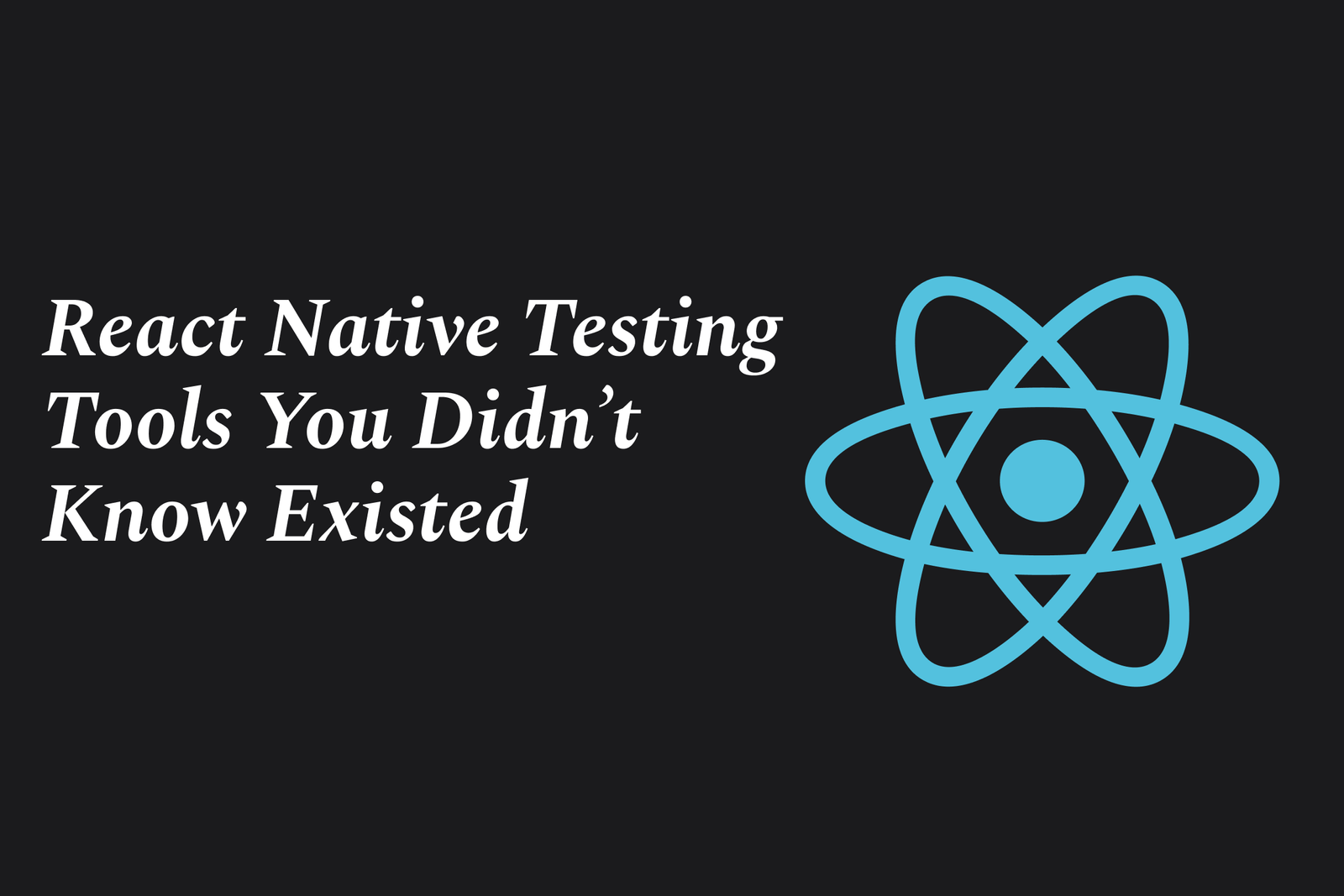React Native and Firebase: The Perfect Pairing in 2025
In 2025, React Native and Firebase form the perfect pairing by combining React Native’s seamless cross-platform mobile UI development with Firebase’s powerful backend services like real-time database, authentication, and cloud functions, enabling fast, scalable, and feature-rich app creation.
React Native and Firebase: The Perfect Pairing in 2025
1 ) Overview of React Native in 2025
React Native remains a leading JavaScript framework developed by Meta for building truly native mobile applications across Android, iOS, and other platforms. It offers a React based approach where UI components map directly to native platform APIs, ensuring high performance and a native look and feel. Developers benefit from a vast community and ecosystem, with frameworks like Expo simplifying development with features such as file based routing, native modules, and easy integration of native code.
2 ) Why React Native is Preferred
React Native is favored for its ability to leverage web development paradigms with native performance. It runs JavaScript on a separate thread for smooth UI updates and animations, uses flexbox for layout, and allows declarative UI rendering that React developers find intuitive. The framework is community driven and backed by major companies ensuring continuous advances and support.
3 ) Firebase Integration Highlights
Firebase, Google's mobile development platform, offers essential backend services like authentication, real time databases, cloud storage, and serverless functions. Integrating Firebase with React Native equips developers to build feature rich and scalable applications with ease. Authentication with email/password, real time updates with Firestore or Realtime Database, and cloud functions complement React Native’s frontend capabilities.
4 ) Benefits of Combining React Native and Firebase
Streamlined Development: React Native’s cross platform native UI combined with Firebase’s backend services accelerates app development without compromising quality.
Real Time Data & Scalability: Firebase’s managed databases ensure real time synchronization and scalable backend management, crucial for dynamic apps.
Authentication & Security: Firebase Authentication simplifies user management and security within React Native apps.
Cloud Functions & Serverless Architecture: Handle backend logic efficiently without server management, optimizing performance and cost.
5 ) Development Tools and Workflows
Using frameworks like Expo enhances React Native development by providing easy access to native capabilities and Firebase integration. CI/CD pipelines, automated testing, and monitoring tools from both Firebase and React Native ecosystems contribute to robust, maintainable applications.
6 ) Use Cases and Community Impact
Thousands of apps, from startups to enterprise solutions, leverage React Native and Firebase in 2025. The synergy enables rapid innovation, supports diverse platforms including web and TV, and fosters a vibrant developer community sharing resources, libraries, and strategies.
Conclusion
React Native and Firebase in 2025 represent a powerful pairing that marries efficient native app development with scalable, feature rich backend services. Developers can focus more on creating exceptional user experiences while relying on these mature technologies to handle infrastructure, authentication, real time data, and much more. This combination continues setting the standard for cross platform mobile app development and backend integration.
https://justacademy.in/news-detail/react-native-performance-hacks-revealed-in-latest-update
https://justacademy.in/news-detail/ui-testing-in-flutter:-what's-new?
https://justacademy.in/news-detail/real-time-database-plugins-in-flutter
https://justacademy.in/news-detail/flutter’s-growing-ecosystem:-libraries,-tools-&-trends
https://justacademy.in/news-detail/new-features-in-flutter-4.0-stable
Related Posts
Java supports GDPR and data privacy by enabling secure data handling through encryption, controlled access, and precise data management. It allows developers to minimize PII exposure, ensure data confidentiality, and design workflows that comply with data protection regulations effectively.
Java code quality tools have evolved to include advanced static analysis, integrated security checks, and AI-powered code reviews. These updates help developers detect bugs, enforce coding standards, and enhance security, streamlining the development process and improving overall code reliability.
Java remains a cornerstone in big tech companies, evolving with modern features like records, pattern matching, and virtual threads. Its robust ecosystem, enhanced performance, and growing AI integrations keep it vital for both legacy systems and innovative new projects.
Java and CI/CD pipeline optimizations streamline Java application development by automating builds, tests, and deployments. They improve efficiency through parallelization, caching, and secure secrets management, enabling faster feedback loops and more reliable, scalable software delivery.
Java supports modern cryptography standards through its flexible Java Cryptography Architecture (JCA), enabling integration of advanced algorithms like AES, EdDSA, and post-quantum tools. Libraries like Bouncy Castle offer FIPS-certified, hardware-accelerated implementations for secure development.
Java 23 enhances record patterns by enabling concise, direct destructuring of record components within pattern matching, simplifying type checks and data extraction. This improvement boosts code readability and expressiveness by reducing boilerplate in handling immutable data classes.
Java remains a top choice for mobile app backends, powering scalable, secure, and high-performance server-side solutions. Latest trends include cloud-native microservices, reactive programming, and enhanced JVM optimizations, enabling efficient, flexible, and robust mobile backend development.
Java SE 24 and LTS Java SE 21 offer enhanced features and performance, while Apache Spark 4.0.0 introduces Scala 2.13 support and advanced ML and SQL capabilities. Together, they empower developers to build scalable, high-performance data applications with modern tools.
JUnit 5 modernizes Java testing with a modular architecture, improved assertions, and seamless Java 8+ support. Beyond JUnit, tools like Mockito and AssertJ enhance mocking and assertions, creating a powerful, flexible ecosystem for writing clean, efficient Java unit tests.
Java plays a pivotal role in cloud automation tools by providing a robust, platform-independent language used to build scalable automation frameworks like Jenkins and Selenium, enabling efficient CI/CD pipelines, testing, and orchestration across diverse cloud environments.










